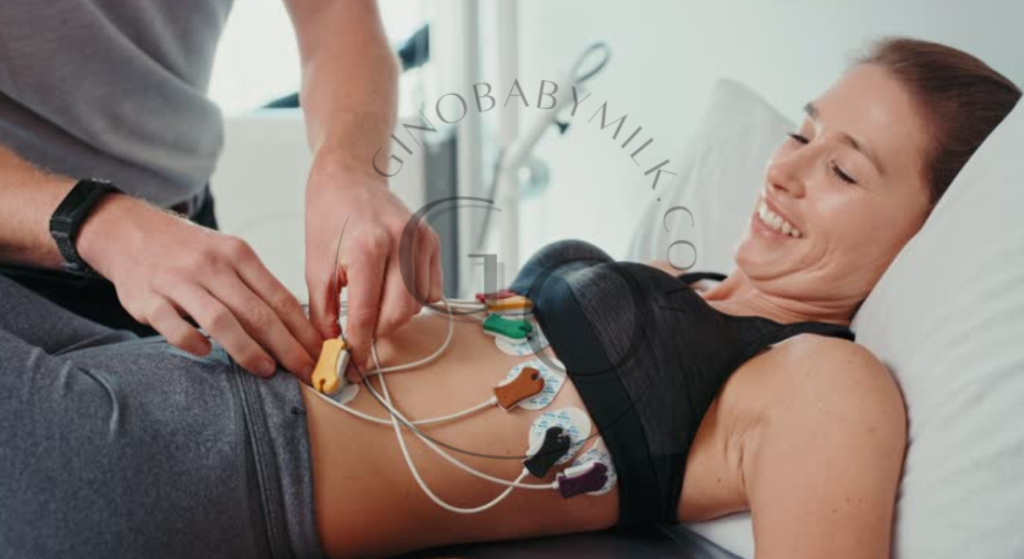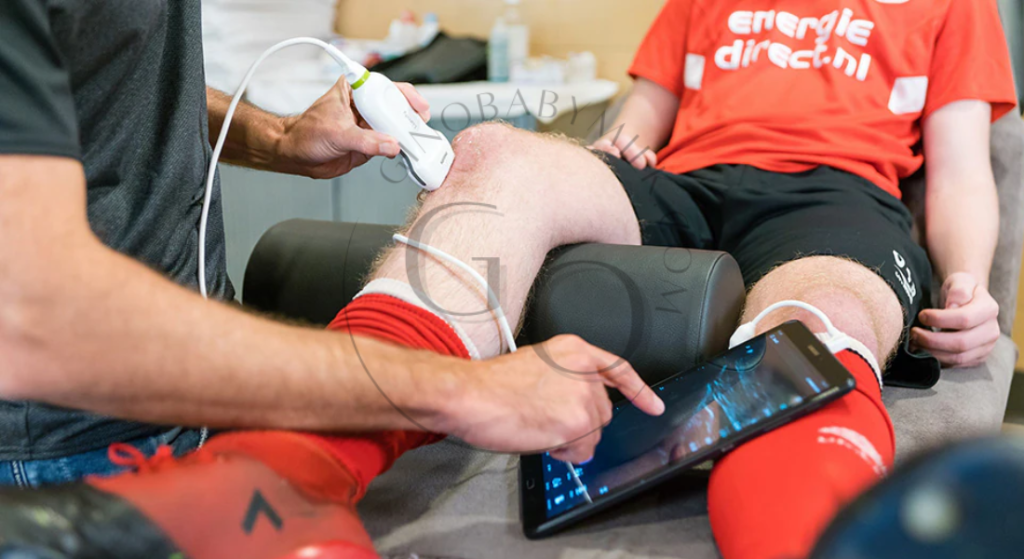blog
Experience the Future of Healthcare with High-End Vital Signs Monitor Equipped with Cutting-Edge Features
In today’s rapidly evolving healthcare landscape, the need for advanced, accurate, and reliable medical equipment has never been more critical. A key player in this transformation is the high-end vital signs monitor, a device designed to provide healthcare professionals with precise readings of essential patient metrics. From heart rate and blood pressure to respiratory rate and oxygen saturation, these monitors are the cornerstone of modern medical care, ensuring that healthcare providers can respond quickly and effectively to changing patient conditions.
With continuous advancements in medical technology, the high-end vital signs monitor is becoming more sophisticated, offering cutting-edge features that enhance its capabilities. Whether used in hospitals, clinics, or outpatient settings, these monitors are designed to deliver accurate, real-time data that informs clinical decisions and improves patient outcomes. Let’s dive deeper into the world of vital signs monitoring and explore how these high-end devices are shaping the future of healthcare.
What is a High-End Vital Signs Monitor?
A high-end vital signs monitor is a medical device designed to measure and display critical patient information, including heart rate, blood pressure, oxygen levels, respiratory rate, and temperature. These vital signs are essential indicators of a patient’s health and can provide valuable insights into their overall condition.
High-end monitors are typically equipped with advanced sensors and cutting-edge technology to provide accurate and real-time data. Unlike traditional models, these monitors offer customized features, user-friendly interfaces, and advanced alert systems, all of which contribute to better patient care and medical outcomes.
Key Features of a High-End Vital Signs Monitor
- Advanced Measurement Accuracy
The high-end vital signs monitor is equipped with state-of-the-art sensors that deliver exceptional accuracy in measuring critical health metrics. With precise readings for heart rate, blood pressure, and oxygen saturation levels, healthcare providers can rely on these devices to make informed decisions quickly. The accuracy of these measurements is crucial, especially in emergency situations where every second counts.
- Multi-Parameter Monitoring
A standout feature of the high-end vital signs monitor is its ability to measure multiple vital signs simultaneously. Instead of relying on several different devices to monitor blood pressure, heart rate, and other parameters, a multi-parameter monitor can track all of these metrics at once, providing a comprehensive overview of a patient’s condition. This multi-parameter monitoring feature streamlines the workflow in hospitals and clinics, enabling healthcare professionals to respond swiftly and accurately to changes in a patient’s health.
- Touchscreen Interface for Easy Operation
Modern high-end vital signs monitors come equipped with intuitive touchscreen interfaces that make them incredibly easy to use. These user-friendly screens allow healthcare providers to quickly adjust settings, view patient data, and analyze trends. The touchscreen functionality reduces the learning curve associated with traditional monitors and makes the device more accessible to healthcare professionals of all experience levels.

- Wireless Connectivity and Remote Monitoring
One of the most exciting features of high-end vital signs monitors is their ability to integrate with other healthcare systems via wireless connectivity. These monitors can transmit patient data directly to hospital networks, allowing for real-time remote monitoring by doctors and nurses. This is especially beneficial in critical care units where patients require constant observation. Wireless connectivity also allows healthcare professionals to access patient data from any location, improving efficiency and enabling more effective decision-making.
- Real-Time Data Display and Trending
Another key feature of high-end vital signs monitors is their ability to provide real-time data and trends over time. These monitors can track vital signs continuously, displaying current readings and historical trends on large, easy-to-read screens. This allows healthcare providers to monitor a patient’s health status over an extended period and make informed decisions about treatment and interventions.
- Built-in Alerts and Alarms
To ensure that healthcare providers never miss a critical change in a patient’s condition, high-end vital signs monitors are equipped with built-in alerts and alarms. These systems automatically notify medical staff if a patient’s vital signs go outside preset ranges. For example, if a patient’s oxygen saturation drops below a certain threshold, the monitor will trigger an alarm, prompting immediate intervention. This feature is particularly important in emergency rooms, intensive care units (ICUs), and other high-stress medical environments where time is of the essence.
- Data Integration and Compatibility
In modern healthcare, devices need to communicate seamlessly with one another. High-end vital signs monitors are designed to integrate with a range of other medical equipment and hospital information systems. This compatibility ensures that patient data is shared across platforms, improving coordination between departments and making it easier for healthcare professionals to make decisions based on a comprehensive view of a patient’s health.
- Portable and Compact Design
While high-end vital signs monitors are packed with advanced features, they also offer a portable and compact design that allows for easy mobility. Whether used in emergency medical services (EMS) or for patient transport between departments, these monitors can be easily moved without compromising on functionality. This portability makes them ideal for both hospital and home care settings.
The Importance of Vital Signs Monitoring in Healthcare
- Early Detection of Health Issues
By continuously monitoring vital signs such as blood pressure, heart rate, and oxygen saturation, healthcare professionals can identify potential health problems before they become severe. For instance, a high heart rate might indicate stress, while a drop in oxygen levels could signal respiratory distress. Early detection allows for timely interventions, which can prevent complications and improve patient outcomes.
- Chronic Disease Management
For patients with chronic conditions such as hypertension, diabetes, or heart disease, regular monitoring of vital signs is essential. The high-end vital signs monitor allows patients to track their health metrics over time and share the data with their healthcare providers. This enables doctors to make more informed decisions about medication adjustments, lifestyle changes, and treatment plans.
- Critical Care and Emergency Medicine
In emergency and critical care settings, accurate and continuous monitoring of a patient’s vital signs is essential for guiding medical interventions. The high-end vital signs monitor provides healthcare providers with real-time data that can inform decisions during trauma care, post-operative recovery, or ICU management. By keeping track of heart rate, blood pressure, and other vital parameters, healthcare providers can quickly adjust treatments to stabilize patients and improve their chances of recovery.
- Post-Surgical Monitoring
After surgery, patients require careful monitoring to ensure that their bodies are recovering properly. A high-end vital signs monitor plays a critical role in tracking post-surgical recovery, ensuring that vital parameters like temperature, heart rate, and oxygen saturation remain within safe levels. Any abnormal readings can trigger immediate action, preventing complications and promoting a faster recovery process.
- Enhanced Patient Experience
The high-end vital signs monitor not only benefits healthcare providers but also enhances the overall patient experience. With easy-to-read displays, minimal noise, and non-invasive sensors, these monitors provide patients with a sense of security. Knowing that their vital signs are being carefully monitored around the clock can help reduce anxiety and improve patient satisfaction.
The Future of Healthcare with High-End Vital Signs Monitors
As medical technology continues to evolve, we can expect further advancements in vital signs monitoring. Future high-end monitors may include even more sophisticated sensors for tracking additional metrics, such as glucose levels, blood oxygen content, or brain activity. Artificial intelligence (AI) and machine learning will likely play a significant role in enhancing these devices, enabling them to predict changes in a patient’s condition and suggest proactive interventions.
Additionally, as the healthcare industry increasingly embraces telemedicine and remote monitoring, high-end vital signs monitors will become even more integrated into patients’ homes. By using cloud-based systems and wearable technology, patients will be able to track their health metrics in real time and share this data with their healthcare providers, improving accessibility and convenience.
Conclusion
The high-end vital signs monitor is a game-changer in modern healthcare. With its advanced features, precision measurements, and user-friendly design, this device is revolutionizing patient care and improving clinical outcomes. From multi-parameter monitoring to wireless connectivity and real-time data display, the capabilities of these monitors are helping healthcare professionals deliver more accurate and timely care.
As the healthcare landscape continues to evolve, these cutting-edge devices will play an even greater role in patient care, enhancing diagnostic accuracy, improving early detection of medical conditions, and empowering patients to take an active role in managing their health. The future of healthcare is bright, and the high-end vital signs monitor is at the forefront of this exciting transformation.


